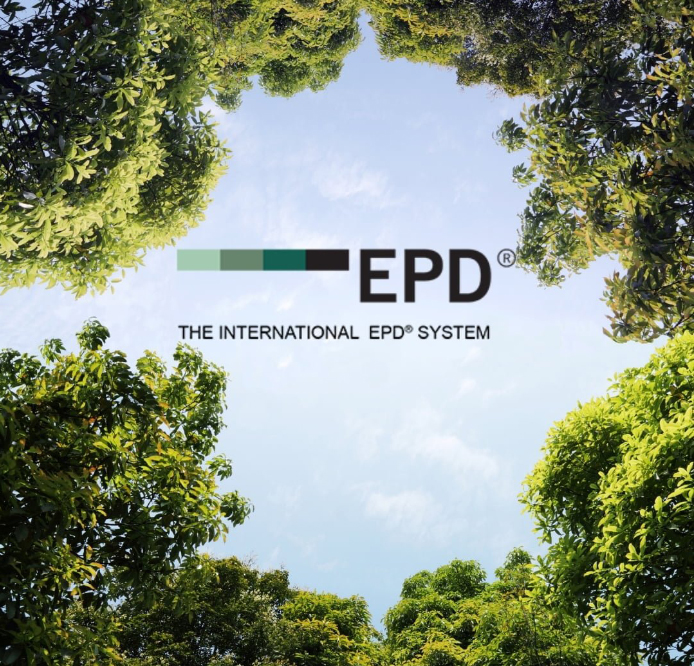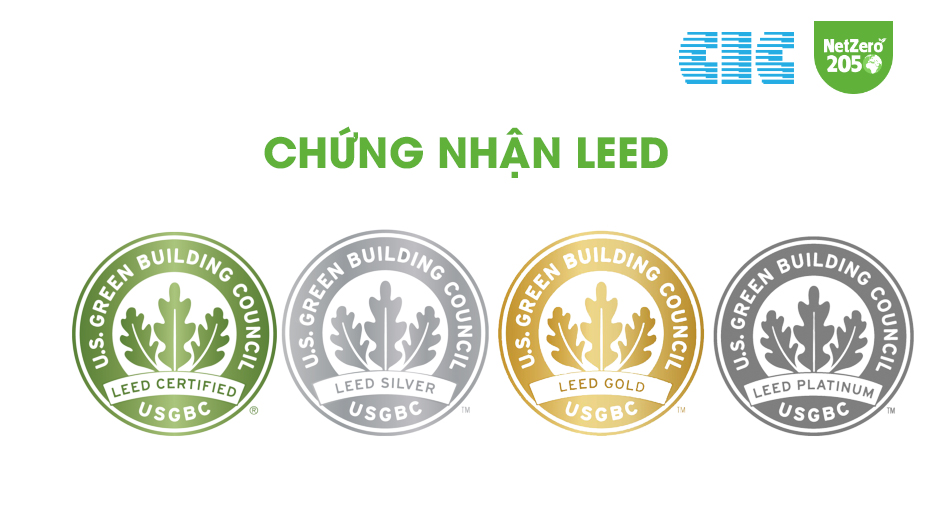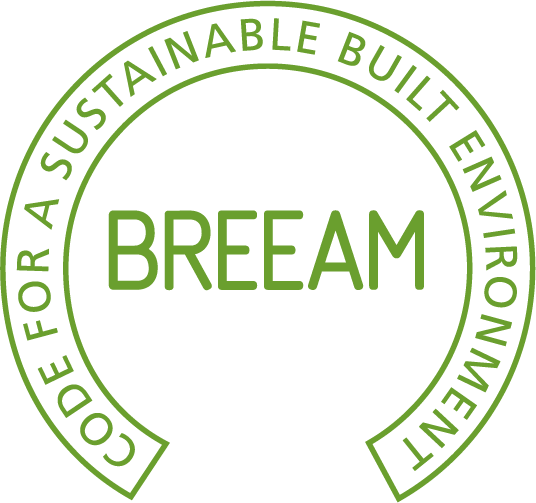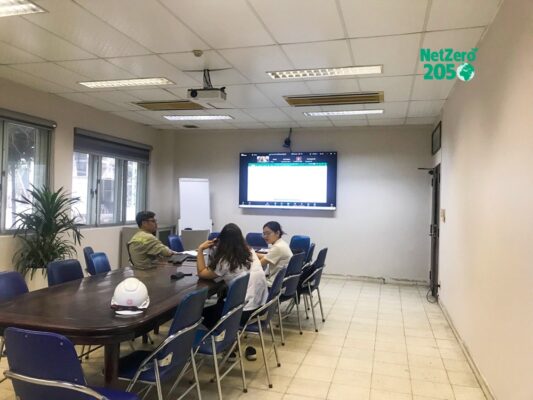EPD – The key to increasing scores for green buildings with LEED and BREEAM certification
In the modern construction industry, as environmental standards are increasingly tightened and awareness of sustainable development is increasing, achieving green building certifications such as LEED (USA) or BREEAM (UK) has become an important goal of many investors and project developers. In that context, a tool that is playing an increasingly essential role is EPD – Environmental Product Declaration.
Why is EPD an essential requirement for green buildings?
An EPD is an independently verified document that publishes quantitative information about the environmental impact of a product throughout its life cycle – from raw material extraction, production, transportation to end of life. Data in EPD is built from the life cycle assessment (LCA – Life Cycle Assessment) method according to international standards such as ISO 14040/14044.
EPD is not a “green” label or a good or bad rating, but it is a transparent “environmental profile”, helping users compare products of the same type to make optimal environmental choices. For this reason, LCA and EPD are increasingly considered essential requirements in projects aiming to achieve LEED and BREEAM certification.
The role of EPD in LEED certification
In the LEED system, EPD is considered an important element in the Materials and Resources (MR) category – a group of criteria related to construction materials. Specifically, LEED encourages the use of products with third-party verified EPDs, as they provide clear and reliable data on environmental impact.
Integrating EPD into design and material selection can help projects achieve Environmental Product Declarations credits. By using products with ISO and EN standardized EPD, design teams not only improve transparency but also optimize carbon emissions throughout the life of the building.
In addition, LEED also highly values products with Type III EPD (Type III) because this is the most comprehensive type of EPD – not only presenting data but also verified by an independent organization and publicly announced.
How does EPD support BREEAM?
Unlike LEED, BREEAM focuses more on evaluating the entire life cycle of materials in a building, especially in criteria such as RE 05 (Low impact materials) MAT 01 (Life Cycle Impacts) and MAT 03 (Responsible Sourcing)… In particular, EPD acts as a reliable input data source for LCA score evaluation tools for products.
By using products with EPD, projects can demonstrate that the materials selected have been considered for their environmental performance, thereby increasing their score in the BREEAM assessment process. Products with EPDs that conform to EN 15804 or ISO 21930 standards are often accepted and prioritized for use by BREEAM.
Not only stopping at “adding points”, using EPD also helps BREEAM projects demonstrate their commitment to the principles of transparency, traceability and environmental responsibility – core values of green buildings.
Real benefits from using EPD
In addition to helping increase scores in green rating systems, EPD also brings many other practical values. First is comparability – designers can rely on EPD to evaluate and compare materials with the same function but with different levels of environmental impact. This helps them make decisions that are not only technical but also more environmentally friendly.
Second, EPD increases competition for suppliers and manufacturers. In a market that increasingly prioritizes sustainability criteria, owning an EPD not only expands opportunities to cooperate with green projects but also enhances reputation and access to the global supply chain.
Third, EPD supports preparing accurate carbon emissions reports for the entire project. As more and more countries require buildings to disclose their life-cycle carbon emissions, using products with EPD has become an indispensable part.
Conclude
EPD is more than just a technical document – it is the key to bringing projects closer to sustainable development goals. In the journey to conquer green building certifications such as LEED or BREEAM, integrating EPD right from the design and material selection stages will help the project save time, increase transparency, and achieve higher scores.
With the support of EPD, today’s projects can be not only “green” in color but also “green” in value, efficiency and responsibility for the future.
Businesses interested in LCA-EPD and green building certifications please contact CIC Consulting and Technology Joint Stock Company – Hotline 033.226.8626 – 0866.059.659







